Exotic birds are among the most vibrant and unique species on our planet. However, many of these stunning creatures are at risk of vanishing forever. Habitat destruction, climate change, and illegal poaching have contributed to their dwindling populations. The following list highlights some of the most endangered exotic birds, whose numbers are tragically plummeting.
Kagu (New Caledonia)

The Kagu is a ground-dwelling bird found only in New Caledonia. Its striking grey-blue feathers and bright red legs make it unmistakable. The species is critically endangered, with fewer than 1,000 individuals remaining. Habitat loss and invasive species have caused a significant decline. Conservation efforts, including predator control, are vital for their survival.
Orange-bellied Parrot (Australia)
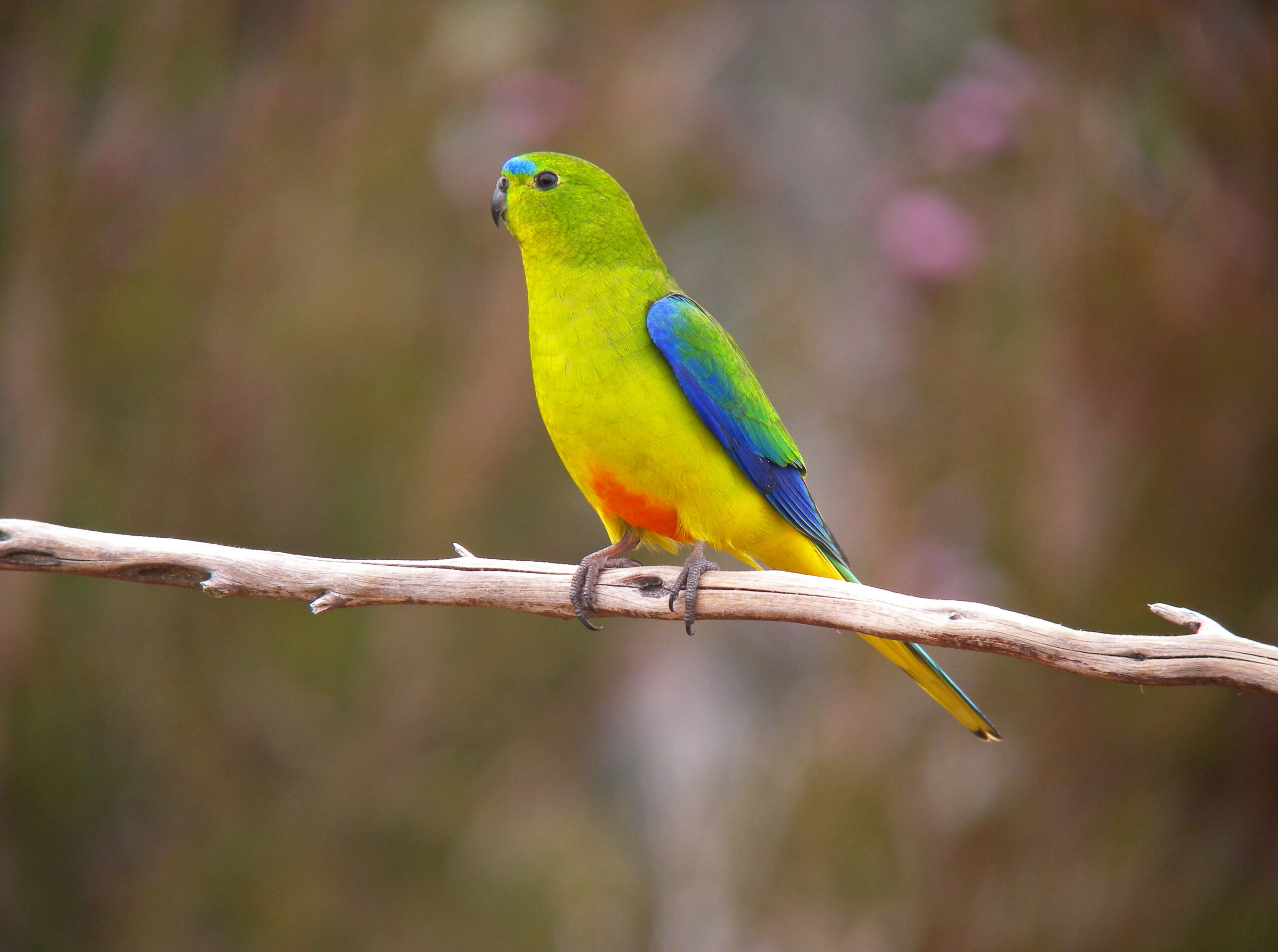
The Orange-bellied Parrot is one of Australia’s rarest birds. Its vibrant green plumage is accented by a striking orange belly. Fewer than 50 individuals remain in the wild due to habitat destruction and poor breeding success. Conservationists are working tirelessly on captive breeding programs to boost numbers. These parrots are migratory, adding complexity to their protection.
Rufous-headed Hornbill (Philippines)
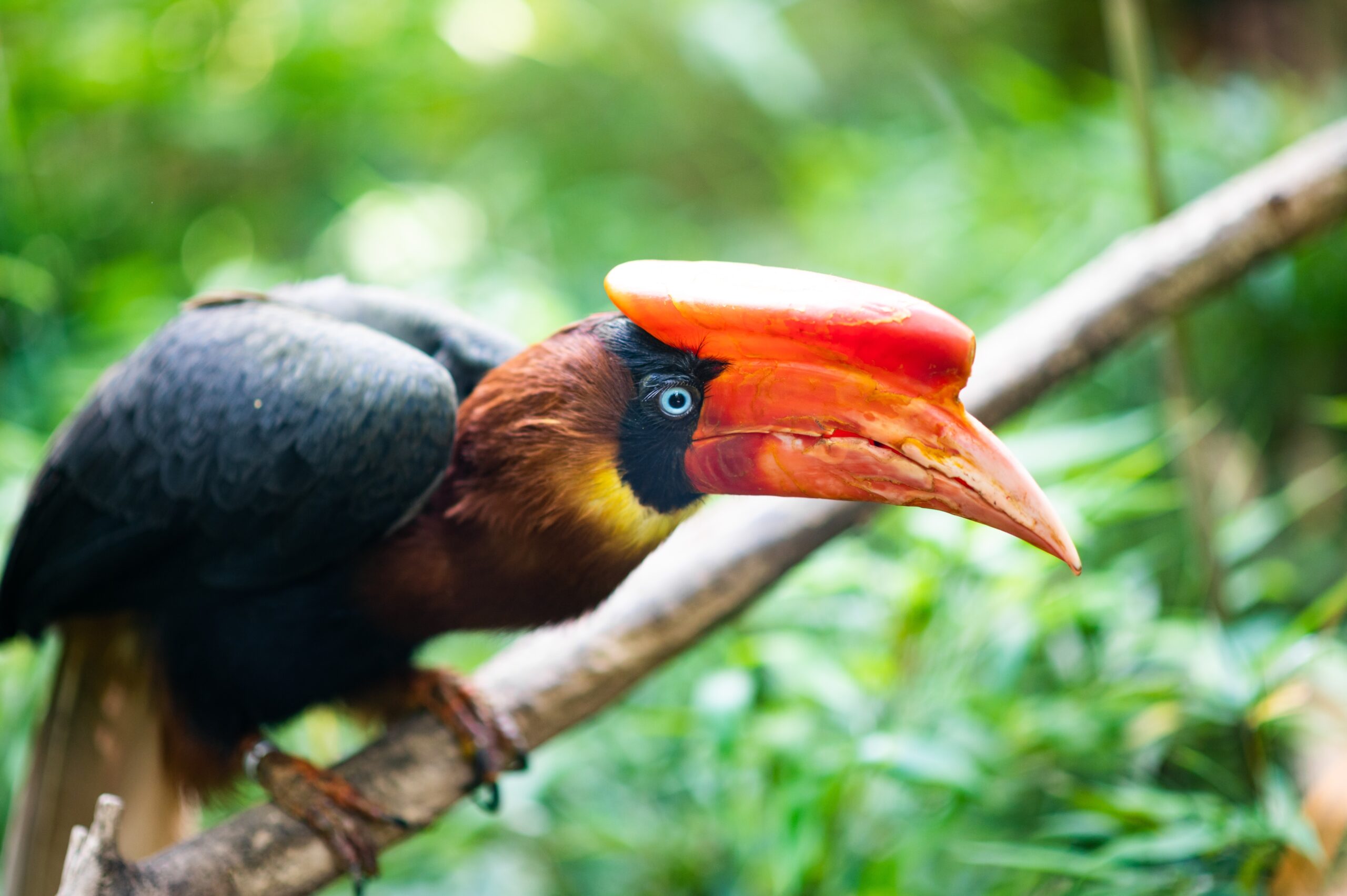
The Rufous-headed Hornbill is native to the Philippines. It is distinguished by its rufous head, large bill, and a black body. Fewer than 2,500 individuals remain due to deforestation and hunting. Conservation areas are crucial for preserving their habitat. Their slow reproductive rate makes recovery even more challenging.
Black-winged Myna (Indonesia)
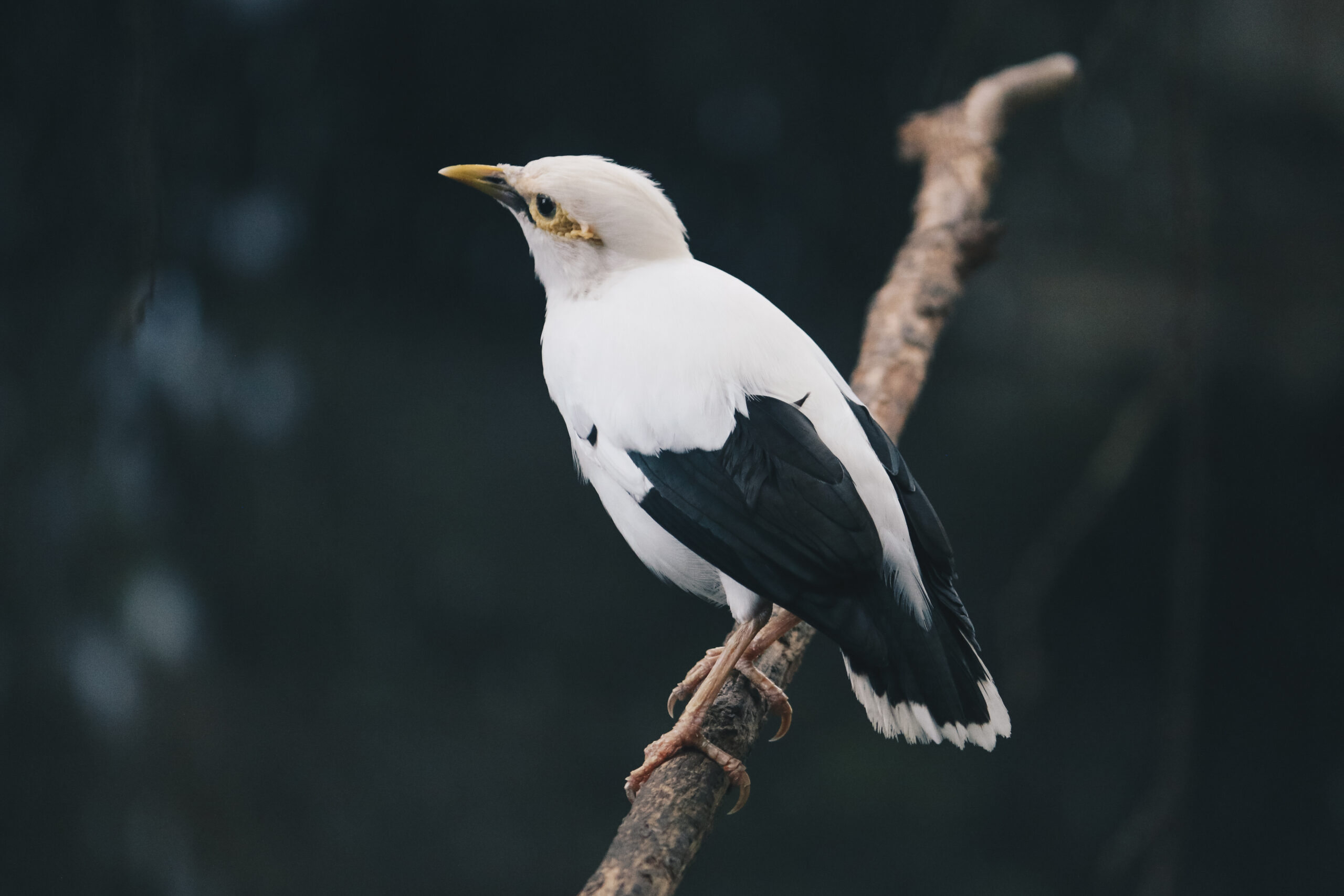
The Black-winged Myna is an elegant bird with white plumage and striking black wing markings. It is critically endangered, with fewer than 100 individuals left in the wild. Illegal trapping for the pet trade has decimated the population. Intensive captive breeding and reintroduction efforts are underway to save this species.
New Zealand Fairy Tern (New Zealand)

The New Zealand Fairy Tern is one of the world’s rarest seabirds. This small, delicate bird is white with pale grey wings. Fewer than 40 individuals survive due to habitat loss and predation by introduced species. Conservationists protect nesting areas and monitor populations closely to help prevent extinction.
Blue-throated Macaw (Bolivia)
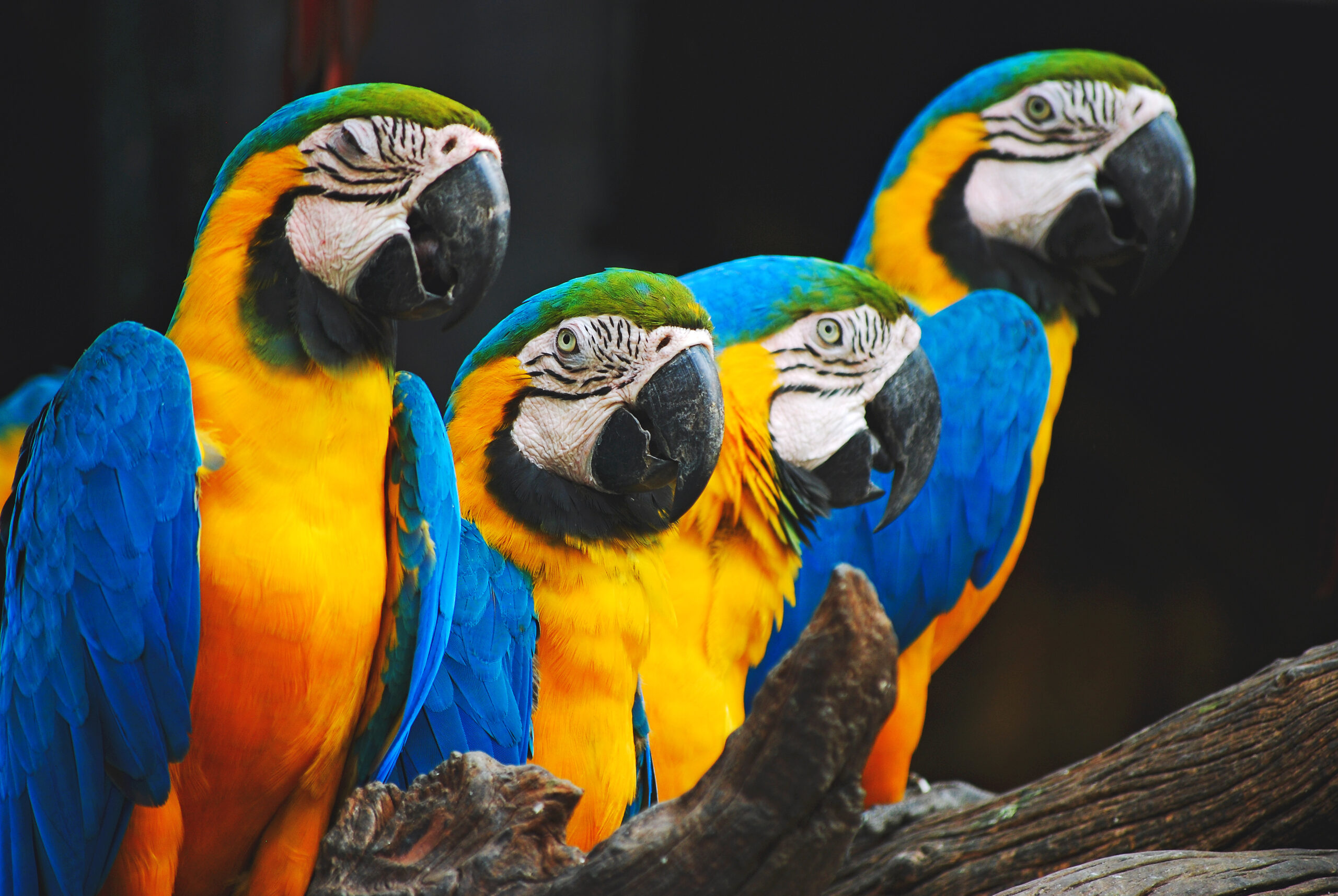
The Blue-throated Macaw is a magnificent parrot with vivid blue and yellow plumage. Native to Bolivia, fewer than 400 remain in the wild. Habitat destruction and illegal trapping have driven their numbers down. Conservation programs focus on protecting their habitat and preventing poaching. Breeding in captivity has also helped stabilize the population.
Bengal Florican (South Asia)

The Bengal Florican is a grassland bird found in South Asia. Males are black with white wings, while females are brown and more camouflaged. Fewer than 1,500 individuals remain due to agricultural expansion and habitat destruction. Protected areas and sustainable farming practices are crucial for their survival. Conservationists are working to prevent further population decline.
Great Green Macaw (Central and South America)
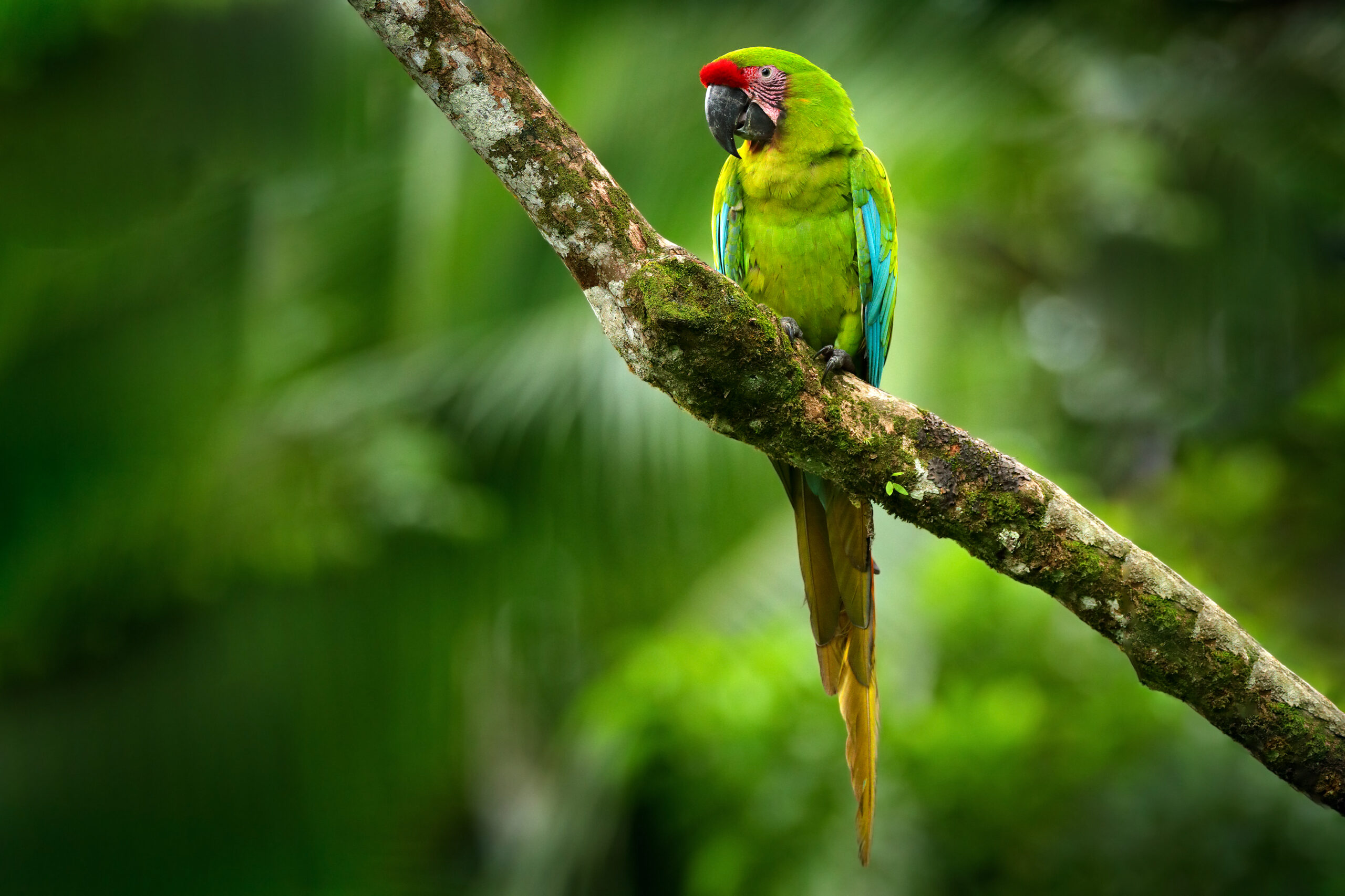
The Great Green Macaw is a stunning parrot native to Central and South America. Its bright green feathers and striking red forehead make it easy to spot. However, fewer than 500 individuals remain due to deforestation and illegal pet trade. Conservation efforts focus on habitat restoration and anti-poaching measures. Captive breeding programs also play a role in keeping the species alive.
Hawaiian Crow (Hawaii, United States)
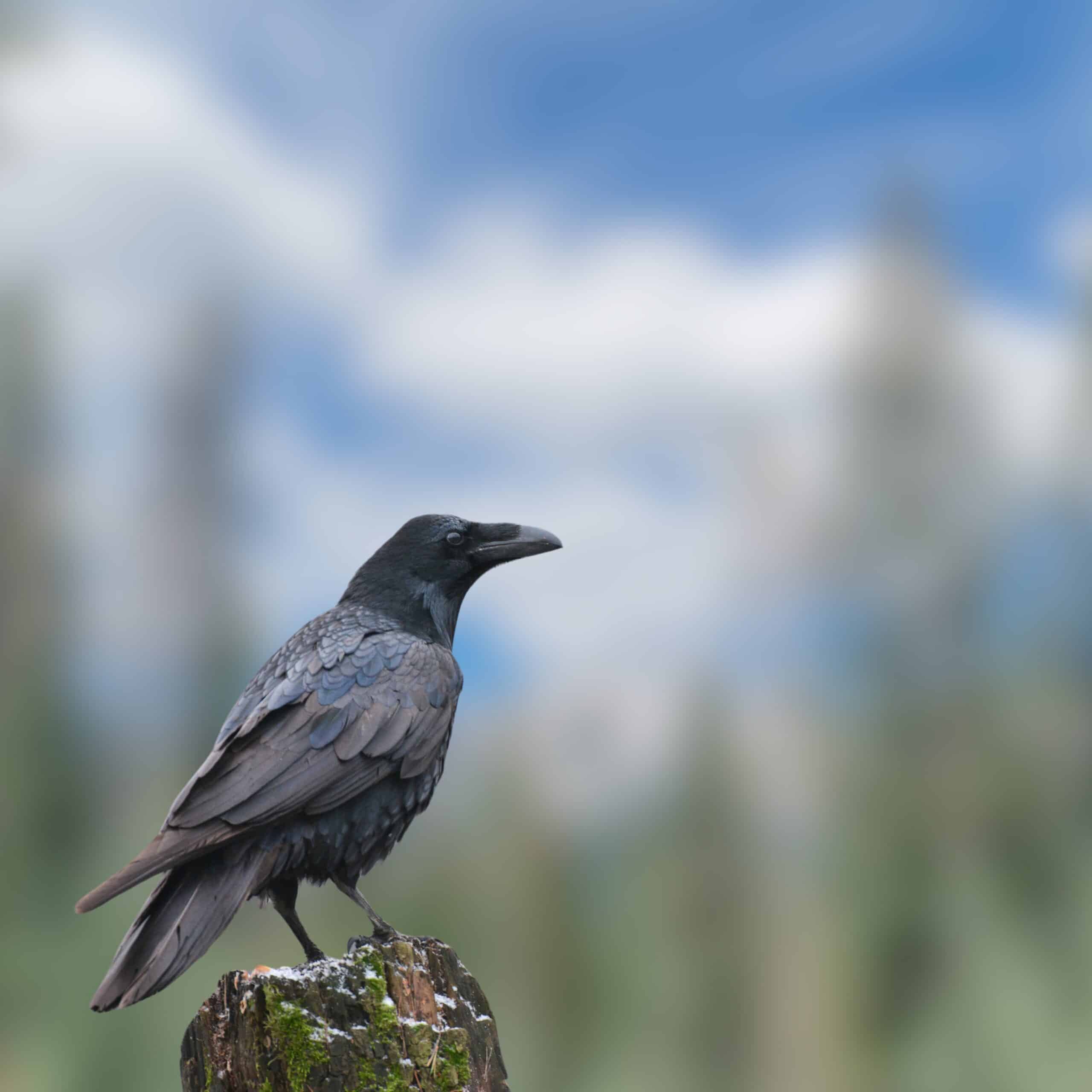
The Hawaiian Crow, or ʻAlalā, is a glossy black bird once common in Hawaii’s forests. Now extinct in the wild, fewer than 150 survive in captivity. Habitat loss and introduced predators led to its rapid decline. Breeding and reintroduction programs aim to restore wild populations. These efforts are crucial for the bird’s comeback in its natural environment.
Northern Bald Ibis (North Africa and the Middle East)

The Northern Bald Ibis is a distinctive bird with a featherless head and glossy black feathers. Once widespread, fewer than 600 individuals remain in the wild. Habitat destruction and hunting have contributed to their decline. Conservationists have worked to protect key habitats and reduce human threats. Reintroduction programs are also underway in areas where they once thrived.
Seychelles Paradise Flycatcher (Seychelles)

The Seychelles Paradise Flycatcher is a beautiful bird with striking black and blue feathers. It is critically endangered, with less than 300 individuals remaining. Habitat loss and limited range are the primary threats. Conservationists have established protected areas and are working on habitat restoration. Efforts to expand their breeding range have also shown promise.
Madagascar Fish Eagle (Madagascar)
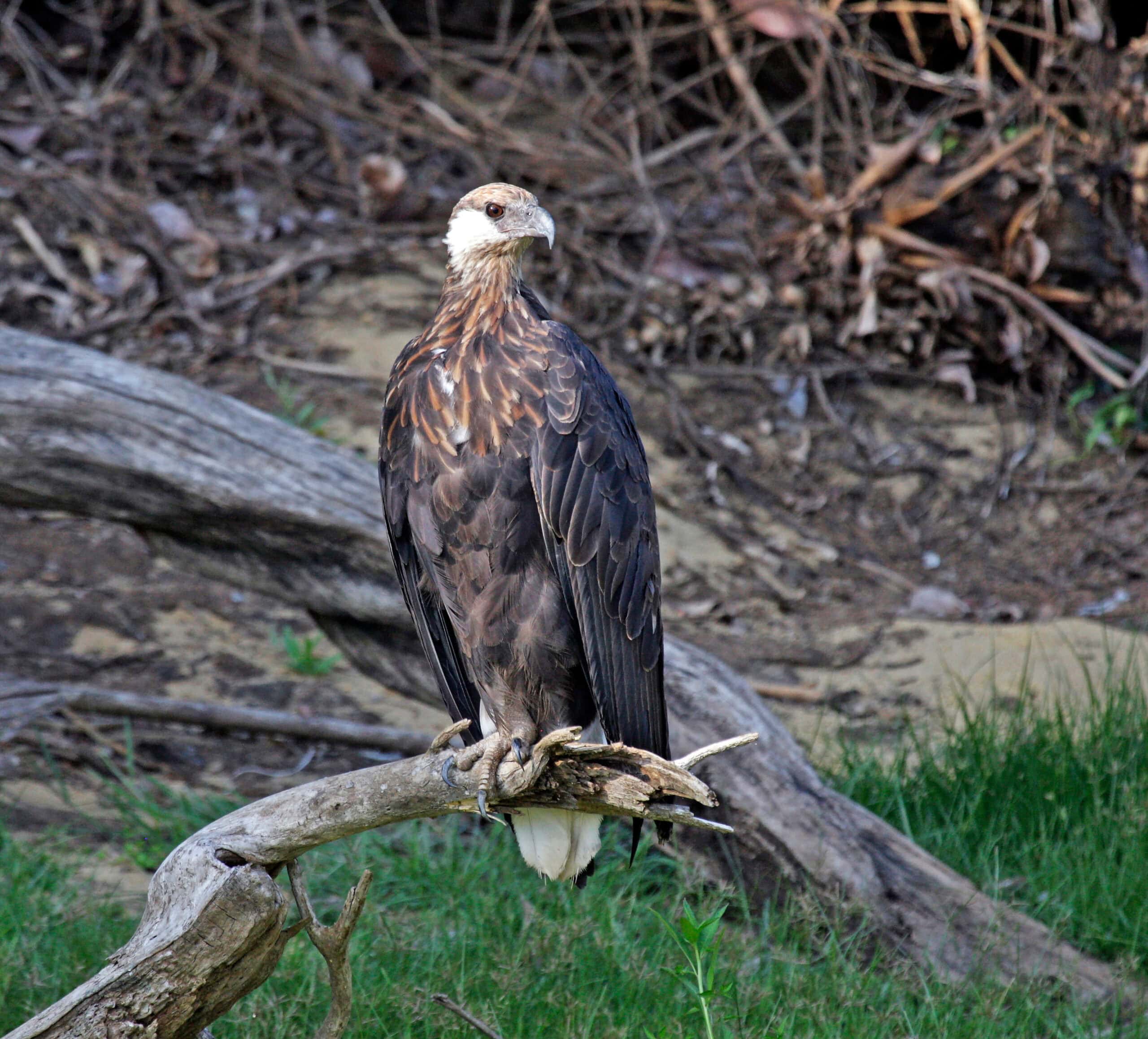
The Madagascar Fish Eagle is one of the rarest eagles in the world. It has a brown body, white head, and piercing yellow eyes. Fewer than 120 pairs remain due to habitat destruction and overfishing. Conservation efforts focus on protecting nesting sites and reducing competition for fish. Preserving their wetland habitats is critical for their survival.
Black Stilt (New Zealand)
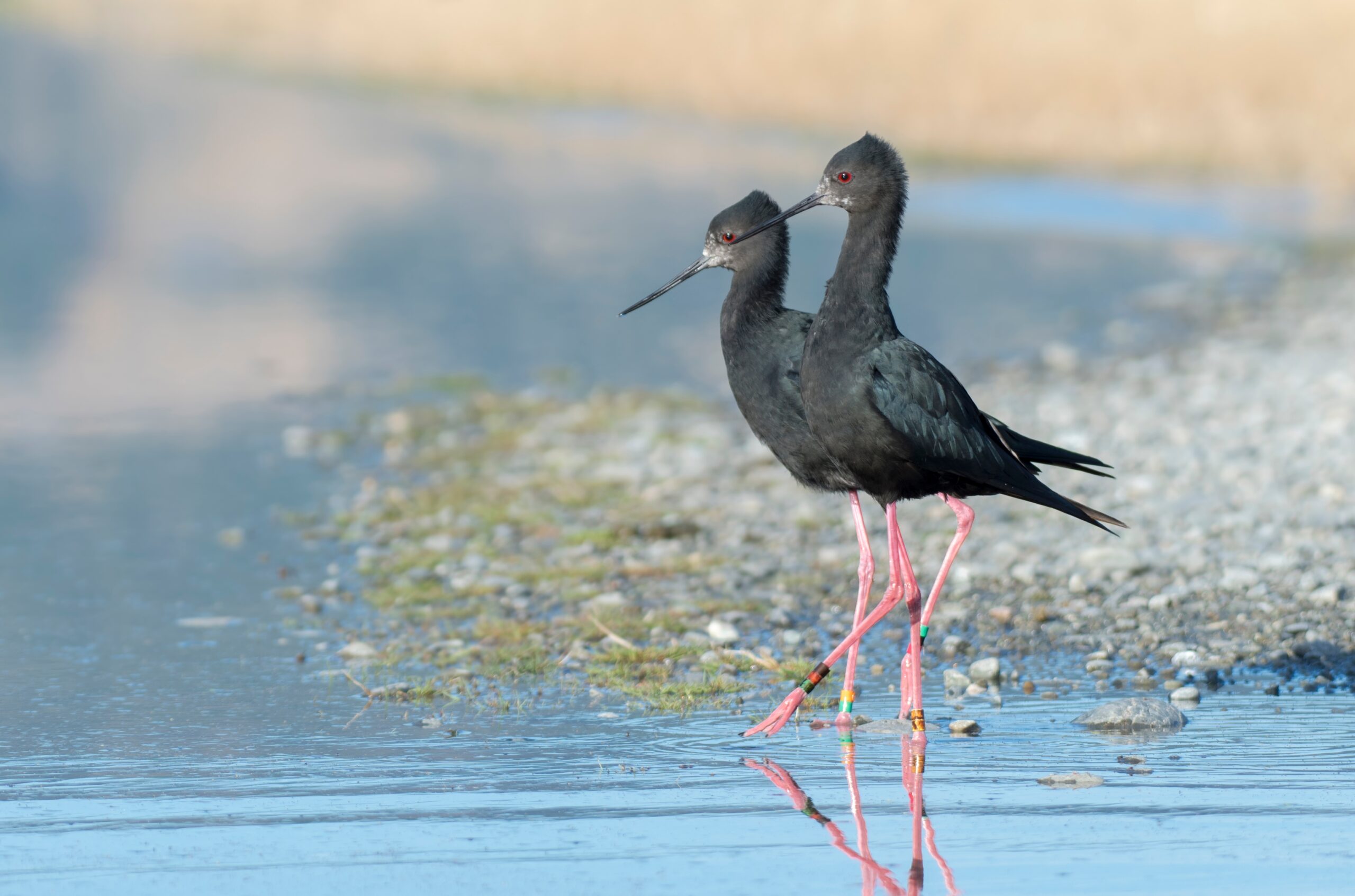
The Black Stilt is a critically endangered wading bird, known for its entirely black plumage. It is one of the rarest birds in the world, with fewer than 150 individuals left. Habitat degradation and predation by introduced species are the main threats. Conservation programs focus on predator control and habitat restoration. Breeding in captivity has helped stabilize the population.
Mariana Crow (Mariana Islands)

The Mariana Crow, or Aga, is a small black bird native to the Mariana Islands. Fewer than 200 individuals remain, primarily due to habitat destruction and predation by invasive species. Conservationists have focused on predator control and habitat protection. Captive breeding efforts are also being used to increase their numbers.
Imperial Amazon (Dominica)

The Imperial Amazon is a vibrant parrot native to the island of Dominica. Its striking green, purple, and blue feathers make it a national symbol. Fewer than 50 individuals remain in the wild, mostly due to habitat loss from hurricanes and human development. Conservation efforts include habitat restoration and nest protection. Reintroduction programs aim to boost their numbers in the wild.
Lear’s Macaw (Brazil)
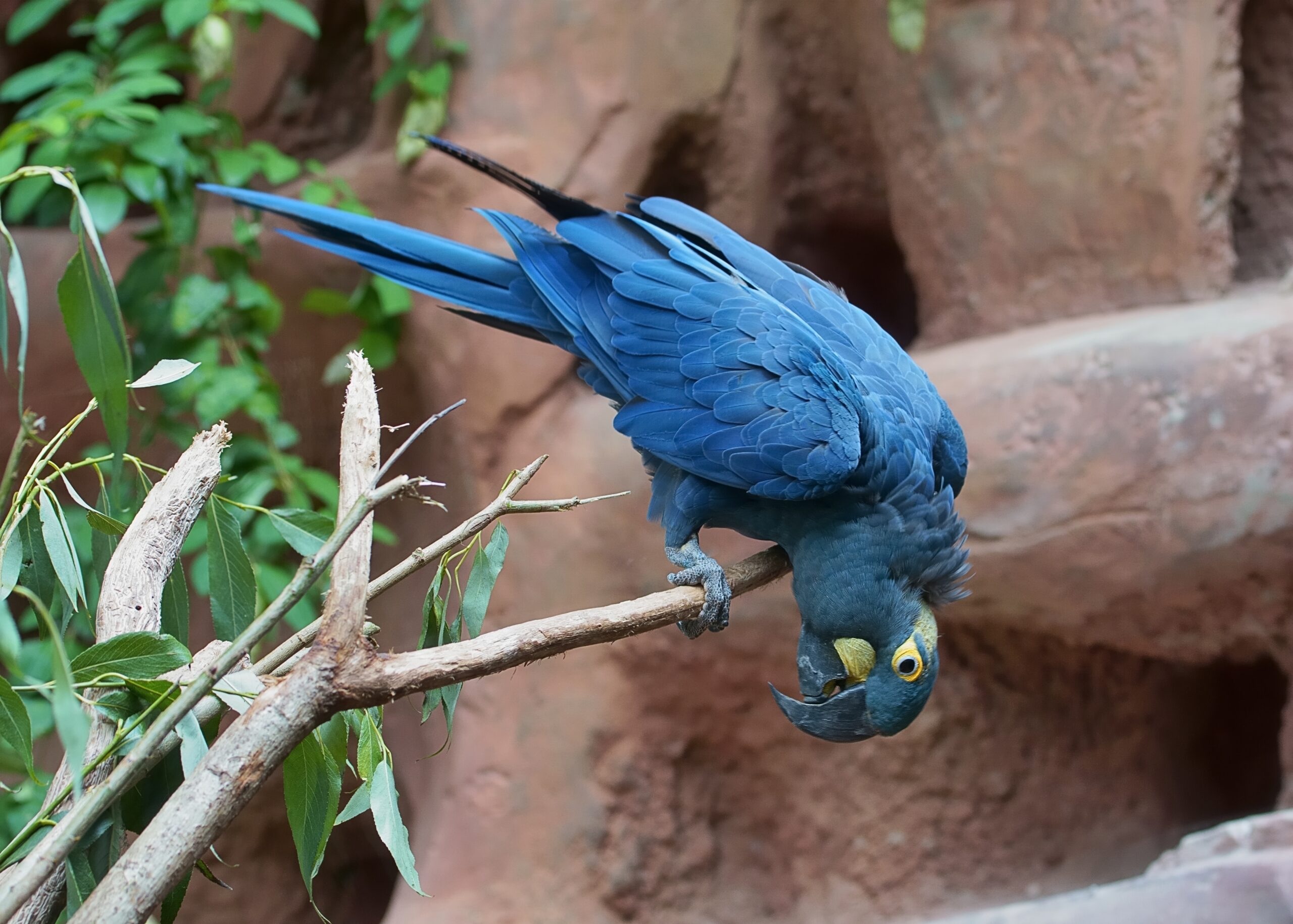
Lear’s Macaw is a stunning blue parrot native to Brazil. It is known for its vibrant blue feathers and large size. Fewer than 1,500 individuals remain in the wild due to habitat loss and illegal capture for the pet trade. Conservation efforts include habitat protection and captive breeding programs. These initiatives have helped stabilize the population, but challenges remain.
Javan Hawk-Eagle (Indonesia)
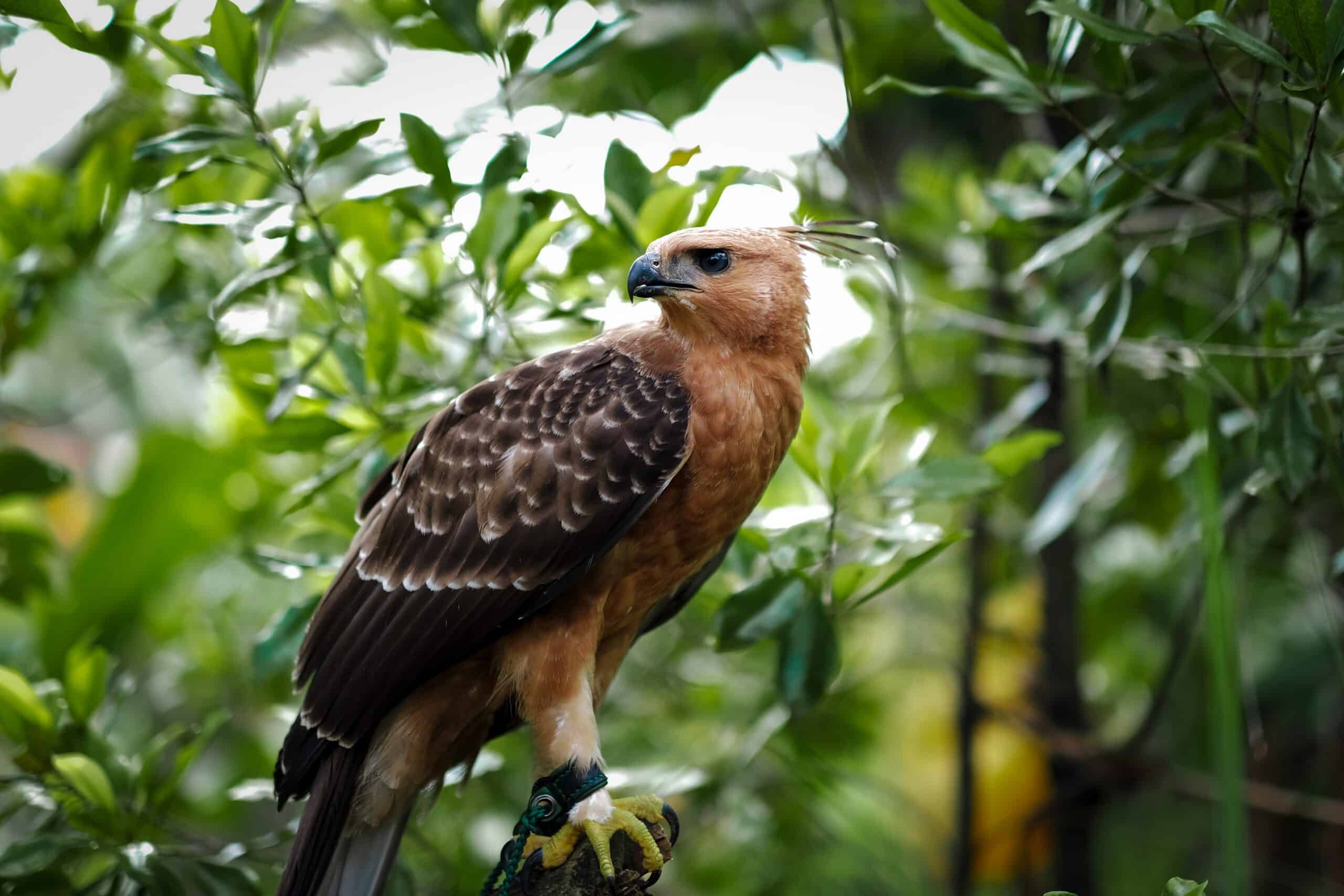
The Javan Hawk-Eagle is a striking bird of prey found only on the island of Java, Indonesia. Its dark brown feathers and prominent crest make it easily recognizable. Fewer than 600 individuals remain due to deforestation and habitat fragmentation. Efforts to protect forests and prevent illegal hunting are critical to its survival. This bird is also a national symbol of Indonesia.
Red-headed Vulture (South Asia)
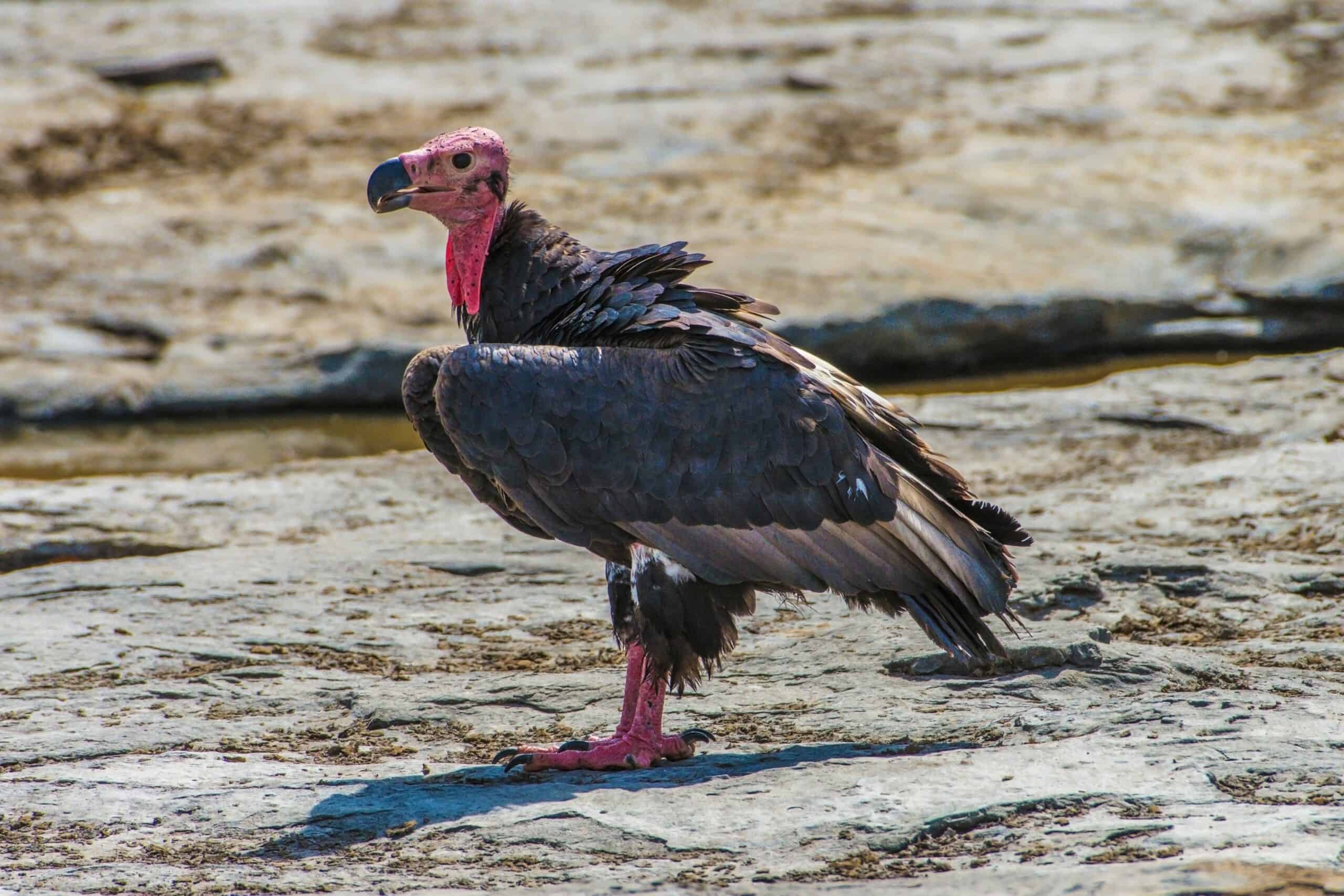
The Red-headed Vulture is a large scavenger found across South Asia. Its red head and black body distinguish it from other vulture species. Fewer than 10,000 individuals remain due to poisoning from veterinary drugs used on livestock. Conservationists are working to ban these harmful substances and protect vital feeding areas. Awareness campaigns are also in place to highlight its importance in the ecosystem.
White-rumped Vulture (South Asia)
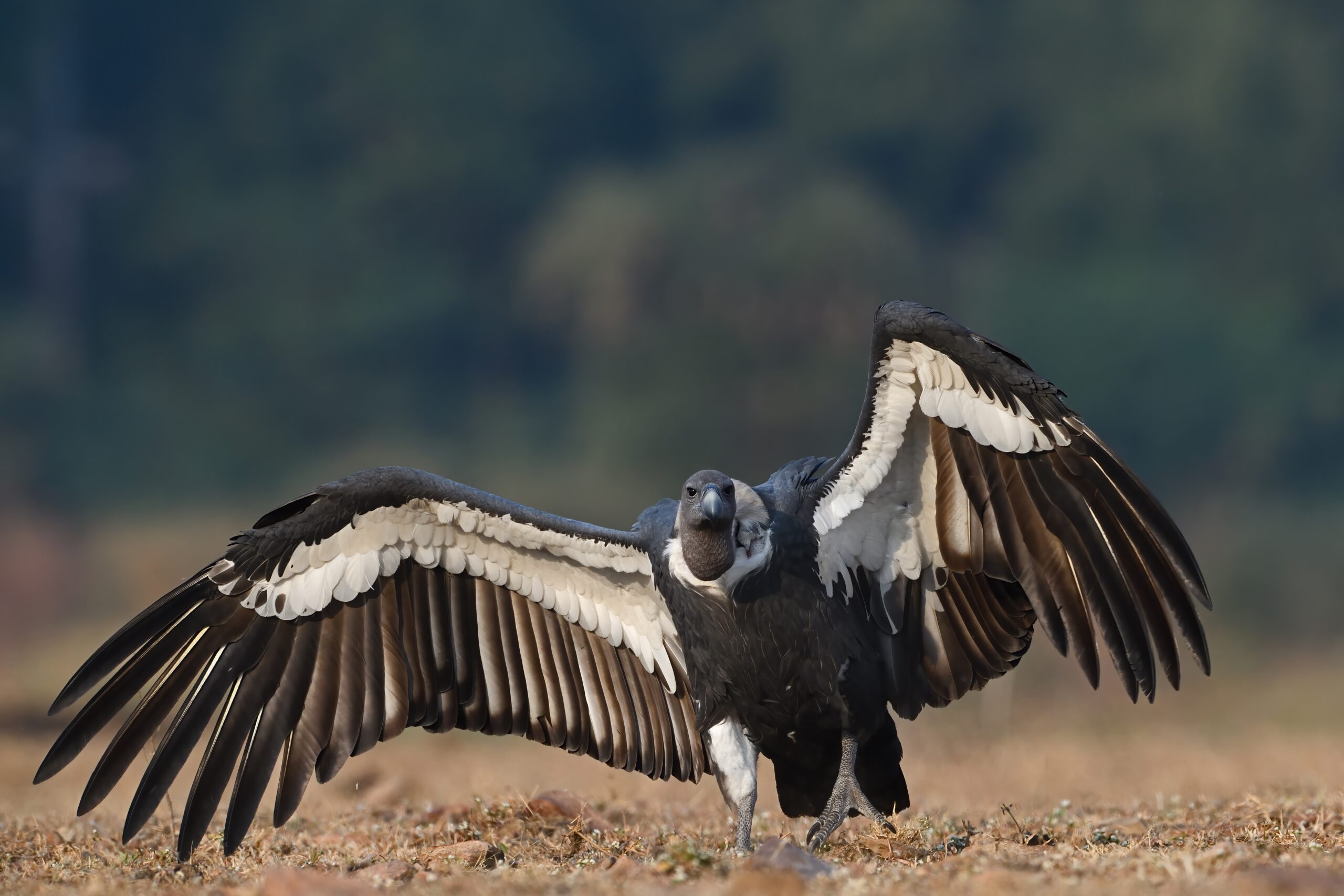
The White-rumped Vulture, once abundant across South Asia, has faced a dramatic decline. Its white rump and black wings make it easy to identify. Fewer than 6,000 individuals remain due to the use of the drug diclofenac in livestock, which is fatal to vultures. Efforts are underway to ban this drug and promote safer alternatives. Protected areas and breeding programs are essential to ensure their population rebounds.
Bali Myna (Indonesia)
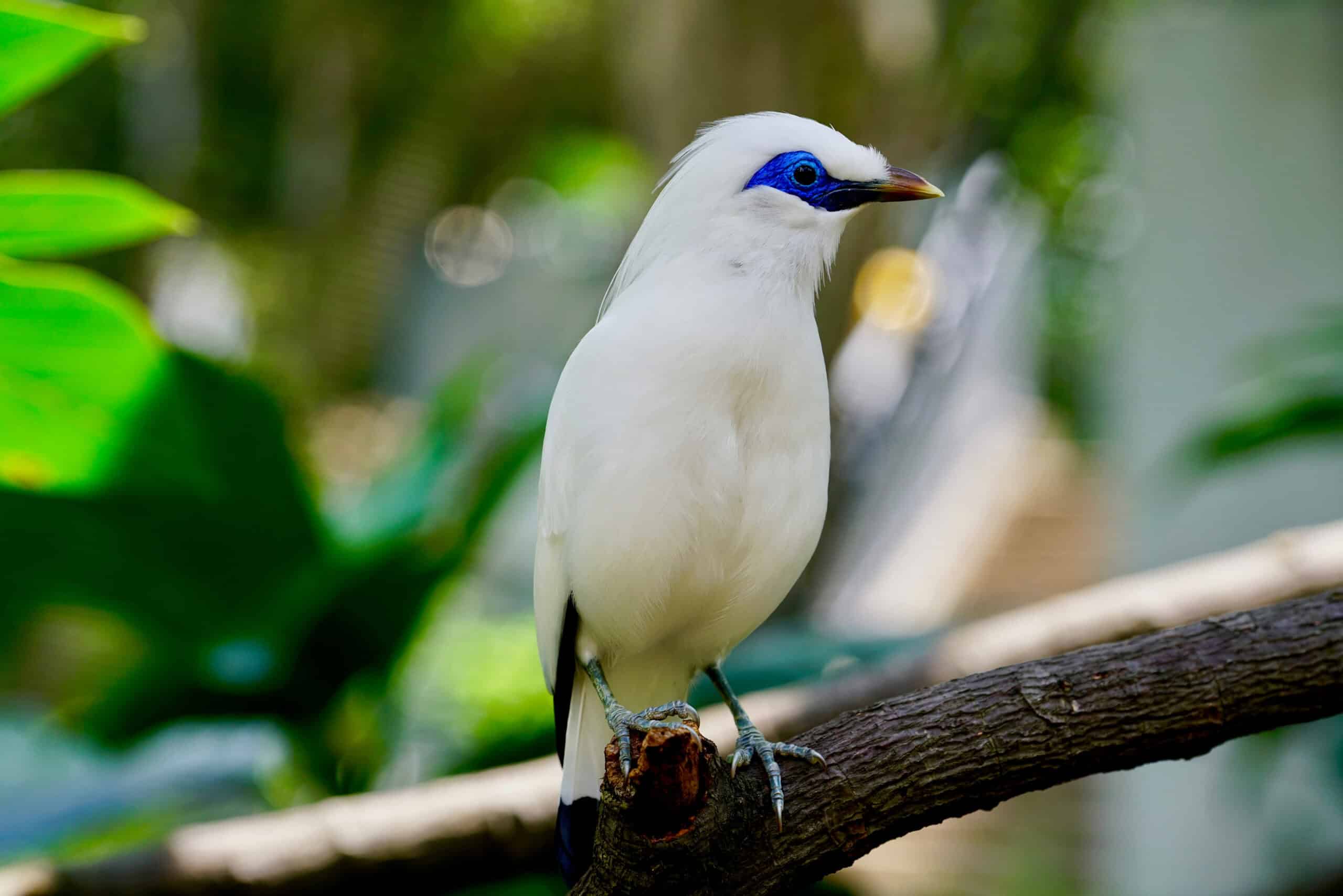
The Bali Myna, also known as the Bali Starling, is a critically endangered bird found only on the island of Bali, Indonesia. It is easily recognized by its bright white feathers, striking blue eye patches, and elegant crest. Fewer than 100 individuals remain in the wild due to illegal poaching and habitat loss. Intensive conservation efforts, including captive breeding and habitat protection, have been implemented to save this species. Breeding programs in zoos and wildlife centers play a crucial role in increasing their numbers.
This article originally appeared on Rarest.org.
More from Rarest.org
15 Forgotten Luxury Cars That Faded Into Obscurity

Luxury cars once held as the epitome of design and prestige have not all remained in the spotlight. Many models that once dazzled with opulence and innovation have since slipped into obscurity. Read More.
19 Ancient Reptiles That Have Survived Through Millennia
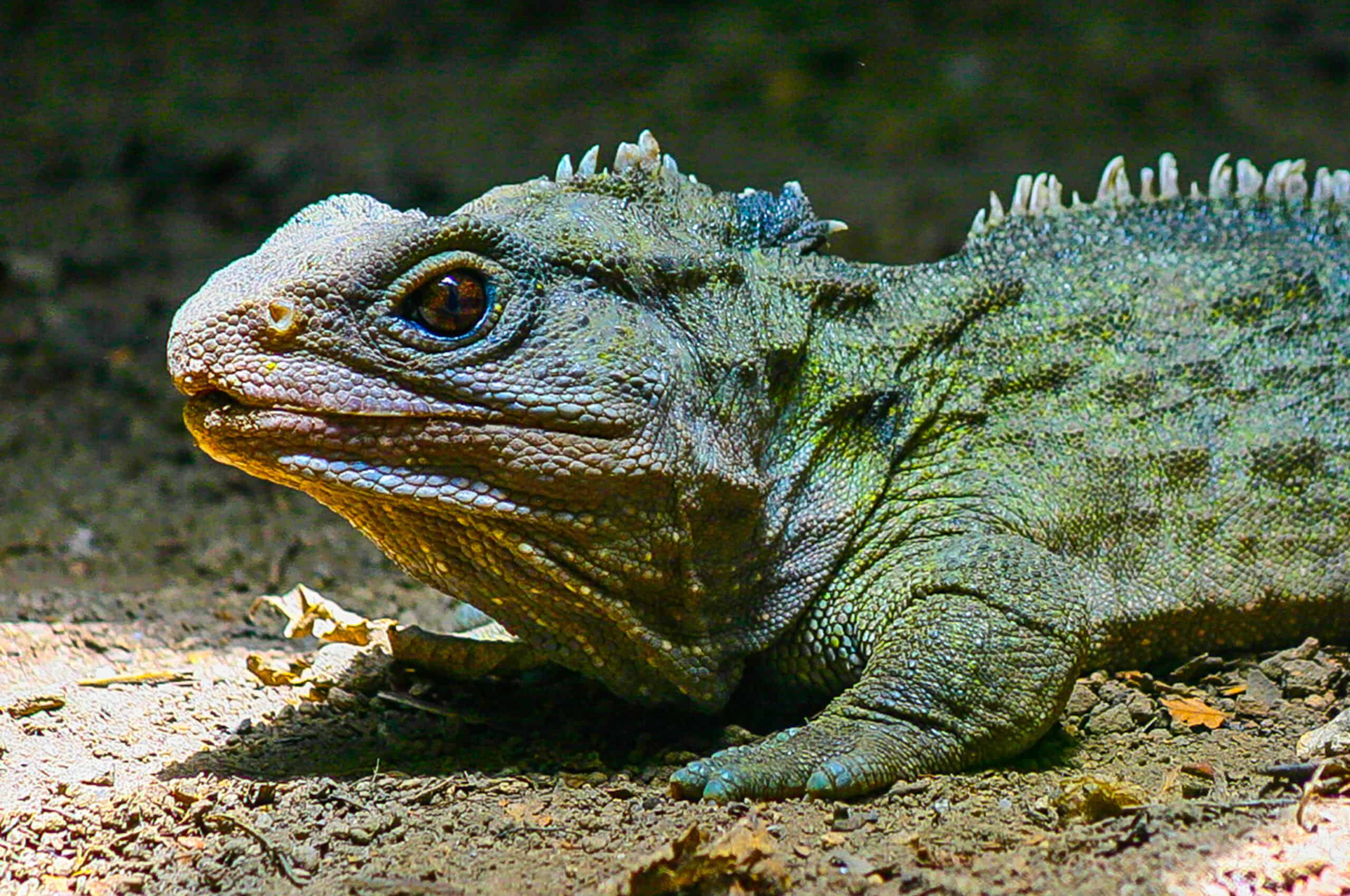
Some reptiles have existed for millions of years, surviving drastic environmental changes. These ancient species carry a rich history and have adapted to endure through millennia. Read More.
15 Incredible Plants That Thrive in Extreme Deserts

Deserts are known for their harsh environments, but they are home to some of the most resilient and fascinating plants. Read More.
